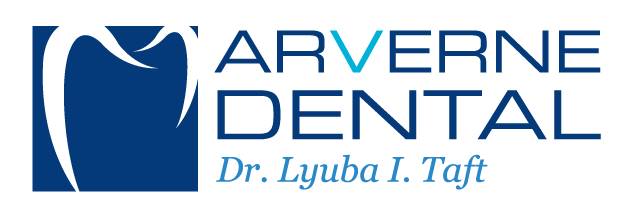Calculated Cone Beam Tomography Scan
home / SERVICES / Dental Implants/CT/CBCT
This is a lot of words for a technology that actually turns out to be quite simple. It is possible to learn about each term in the name and understand how it works.
Cone beam computed imaging is often abbreviated to CBCT.
Computed Tomography (CT Scan)
Let's begin by talking about something you might have heard of, or experienced. A CT scan is a way to understand this system. It's possible you have never been explained what a CT scan is, or the meaning of certain words. We will break it down.
A doctor can look for abnormalities in muscles or bones, ligaments, and organs if you have had a CT scan. An x-ray might not be able detect an intestinal blockage. A CT scan, however, can be used to diagnose an intestinal blockage.
Cone Beam
Cone beam CT is a special type of CT that can be used to diagnose and perform dental examinations. Once the imaging is captured, your dentist will be able to view detailed images of your tooth, soft tissues, nerve pathways, bone and other structures. They can also move this image around as if they had a 3-D model of your jaws, teeth and face. They can view your facial bones from all angles, including the top, back, bottom and top, or any part of your bones.
It is called a cone beam CT because it uses x-rays to take the images. The cone-shaped x-ray beam used to take the images has the shape of an X-ray beam. This cone-shaped xray beam rotates around the head as a CBCT scan is taken. The cone's wide end points at your face. The computer takes 150 to 200 high resolution images, which are then assembled into a three-dimensional model by the computer that your dentist can use for diagnosis and examination.
Benefits of Dental Cone Beam Computed Tomography
Arverne Dental insists on providing the best possible care for every patient. This quality care is possible only by a precise diagnosis. Cone beam computed tomography is the only method that can give dentists this level of precision. Cone beam CT offers this most important benefit.
Cone beam CT has a number of specific uses:
- How to identify abscesses at the root of your teeth
- Cysts and tumors can be detected
- Detecting fractures in the roots
- Recognize areas where tooth roots are being resorbed
- Root canal therapy requires that you map the exact shape and depth to your roots
- Before dental implants can be placed, it is important to verify the bone's soundness
- Wisdom tooth problems or inflammation of the pulp of the teeth can be diagnosed
What does a Dental Cone Beam Computed Tomography Scan show?

Arverne Dental can show you the details of these structures once a dental cone beam CT is completed.
- The bones of the upper jaw and lower jaw
- The inside and outside of your teeth
- Muscles
- Blood vessels
- Nerves, nerve channels
- Glands
- Sinuses
- Airway, including nasal cavity and pharynx
- Tongue
- Temporomandibular joint & cartilage
Cone beam CT greatly improves the precision of dental treatment.
Radiation Exposure
Modern imaging systems are much less likely to expose patients to radiation than older systems. Cone beam CT systems are carefully selected to minimize radiation exposure to patients. However, they provide precise imaging that allows us to deliver excellent care.
The radiation dose received from a cone beam CT machine's x-ray source is approximately equal to the radiation absorbed by the human body over two weeks. Because radiation is always present in all environments, it's not surprising that this happens. This radiation is known as background radiation.
Our dental cone beam CT system is only used when absolutely necessary. This allows us to know exactly what treatment is required so that we can treat any problem.
How We Use Dental Cone Beam CT at Arverne Dental
These are just a few examples of instances when a cone beam CT was essential for our diagnosis and treatment.
We are committed to educating our patients! We are happy to answer any questions you may have about your care. We make it a priority to ensure your comfort and wellbeing while taking care of your oral and dental health.
Arverne Dental: Excellence in Every Aspect Of Your Care
We are happy to share our new world of dental technology with you in Rockaway Beach, New York. Our friendly staff will also be glad to help you. Call us to make an appointment for expert diagnosis and treatment the next time you are in need:
(718) 945-9500.





